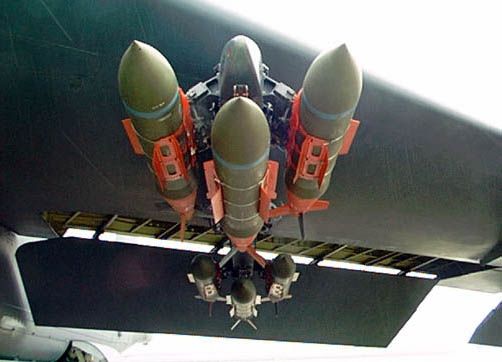moon_light
FULL MEMBER
New Recruit
- Joined
- May 28, 2012
- Messages
- 83
- Reaction score
- 0
Dude , you can not make a jump comparison like that. Can we see a piece of plastic in visible spectrum ? yes , can we see it at 100 Ghz ? i dont think soI gave the visible spectrum as an example so he could understand what I was talking about. The F-22 is not stealthy in the visible spectrum, so you can see the F-22 in many other parts of the spectrum and not just the X band, say at 100GHz
and how about attenuation problem ?
Are you talking about the things in startrek ?Yes, a searchlight, but a searchlight that doesn't work in the visible spectrum. This 'searchlight' that's coming up can do facial recognition from 400Km away and can even check what's inside the weapons bay of aircraft. It can even count the number of people inside an aircraft. Think of a TV camera instead, but with X ray vision, that's a much better example. It will have a resolution that's 20+ times higher than current AESA radars. But this will work in far lower frequencies, not the visible spectrum, maybe at least not yet.
we already have them in Brimstone missiles and Long bow radarThe F-22/35 were not made for VLO in the mmw bands. It does work a bit in the mmw, but not as much as cm bands. Radars in the mmw bands are coming up, with very high resolutions.
what make you think MMW work better again VLO aircraft than X band ? practically speaking MMW lose like 80% of power through 1 km of atmosphere , i cant see how it could be better.








